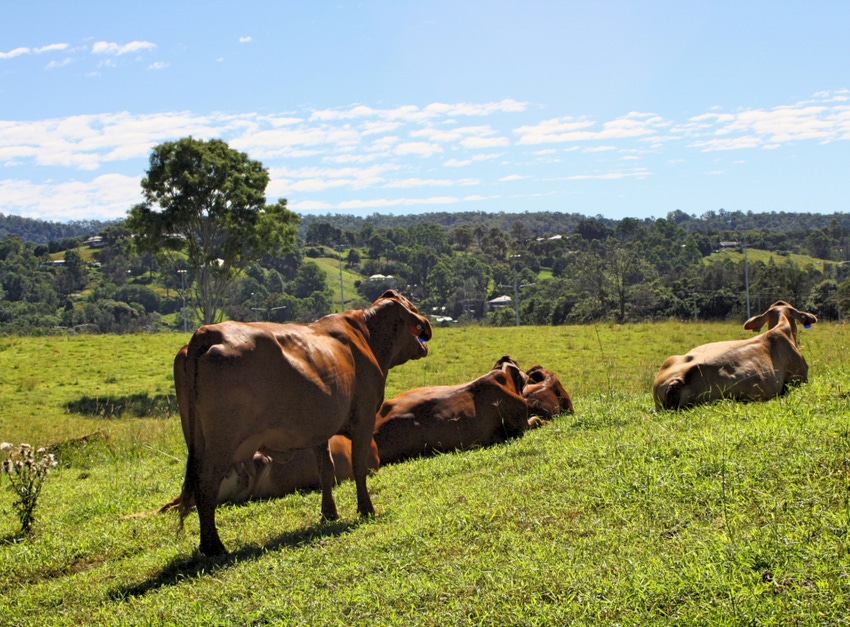Subscribe to Our Newsletters
Feedstuffs is the news source for animal agriculture
Managing grazing on grasslands in a more efficient way could significantly increase global milk and meat production or free up land for other uses.
January 11, 2017

You May Also Like